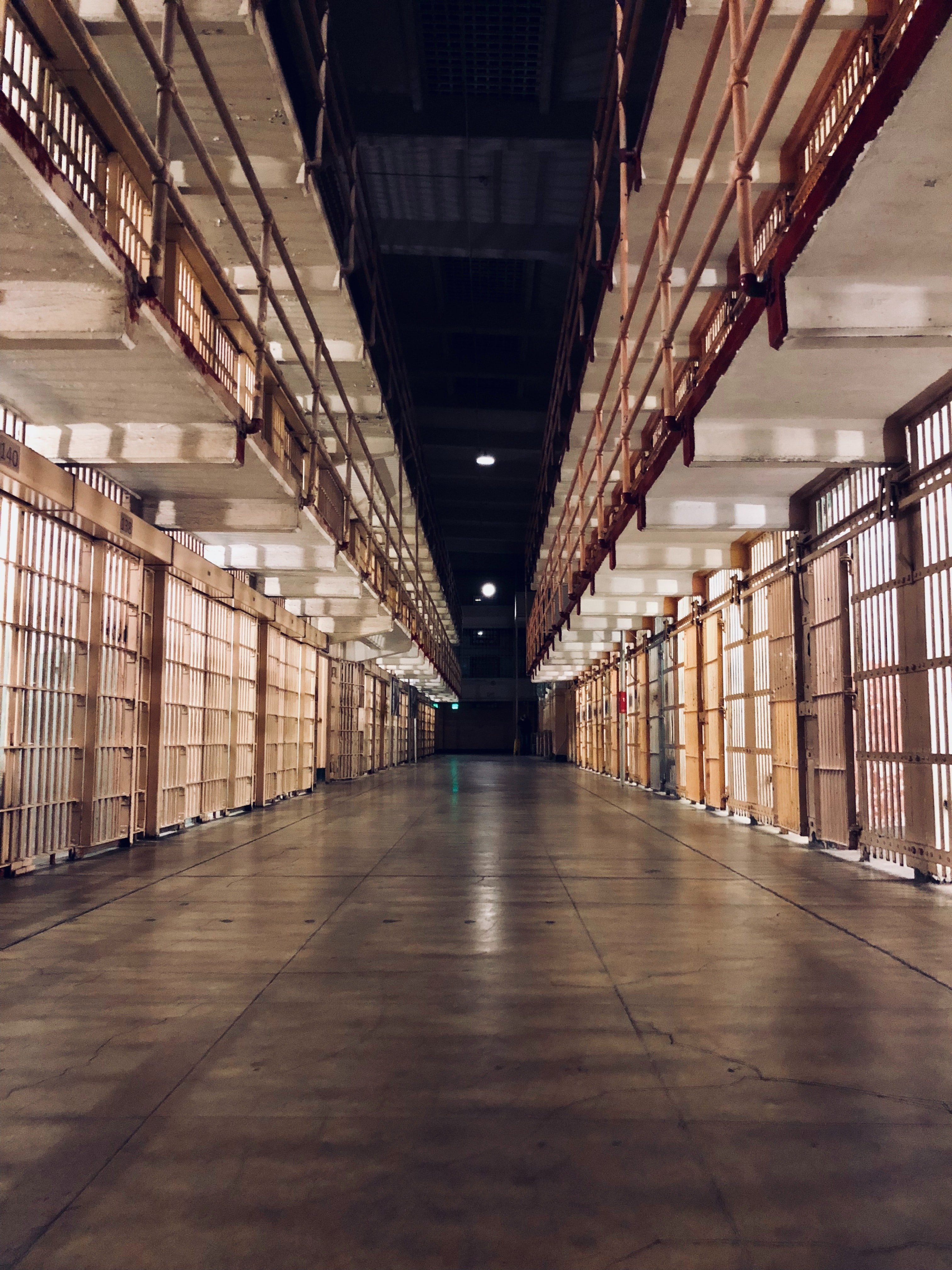Mental Health Screening in Jails Will Save Lives and the Economy
Posted: February 10, 2020

Mental Health Screening in Jails Will Save Lives and the Economy
Mental illness impacts 20% of American adults over the age of 18, and one in 25 Americans will suffer from a severe mental illness in their lifetime. With more than 11 million mentally ill in the U.S. and four million of those untreated, we have hit a crisis level. After recently participating in the Summit on Transforming Mental Health Treatment to Combat Homelessness, Violence, and Substance Abuse at the White House, it’s apparent we need to make a course correction in how we identify and treat our fellow Americans that need our help.
We should start by focusing on the incarceration of our mentally ill, representing 37 percent of our nation’s jailed population. As states and federal legislators implement criminal justice reforms, this needs to be a top priority. We have fewer beds available for the mentally ill than in the year 1850. This lack of access to treatment leaves many sufferers to be incarcerated, and many likely to continue to return to jail after serving sentences. On top of recidivism rates (averaging 67 percent), after 20 days of incarceration, an inmate loses Medicaid coverage. When the inmate is released they have no access to health care or mental health care services.
Incarceration versus treatment is a statement of our poor commitment to enabling those who can and should be treated to have a chance for a better life. We need to recommit to the mental health of inmates. A mental health screening should happen immediately upon incarceration. Telehealth innovations have come a long way--not only do they get inmates in touch directly with providers, but they are proven to be effective. From here, inmates should be referred to a jail-based mental health program that begins immediately. This would lead to an ongoing treatment program including medical assisted treatment (MAT) for those who are addicted to opioids and a post-incarceration program that keeps the patient taking the right steps for a mentally healthier life.
This also begs the question, how are we going to pay for these screenings and programs? On average, it costs $84.93 to house an inmate in the U.S. and we have approximately 2.2 million Americans behind bars. Assuming 10% of those incarcerated received effective mental health behind bars and went on to have the tools to hold steady jobs upon discharge, 220,000 inmates would have made $18,684,600 a day available to pay for treatment or $6.8 Billion a year would become available. With $193.2 Billion in lost wages and our same 10 percent impacted would add an additional $19.3 Billion to the economy. That alone could accomplish all of the following efforts to further reduce crime, recidivism and save lives: prisoner job training, a large-scale effort to reduce lead poisoning in children, and a nationwide drug treatment program for mothers with addiction--leaving more than $17 Billion still available.
Taking the math a step further, the cost for untreated mental illness is $100 billion in lost productivity according to NAMI. Using the hypothetical group of 10% receiving treatment would add another $10 billion in lost performance to the bottom line.
Perhaps the way to secure a commitment from our nation’s leaders is to speak in their terms--the $35 Billion monetary impact incarceration of the mentally ill has on our country.